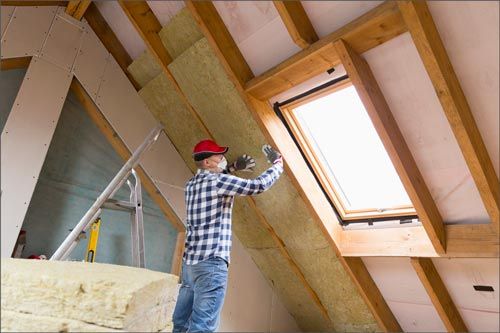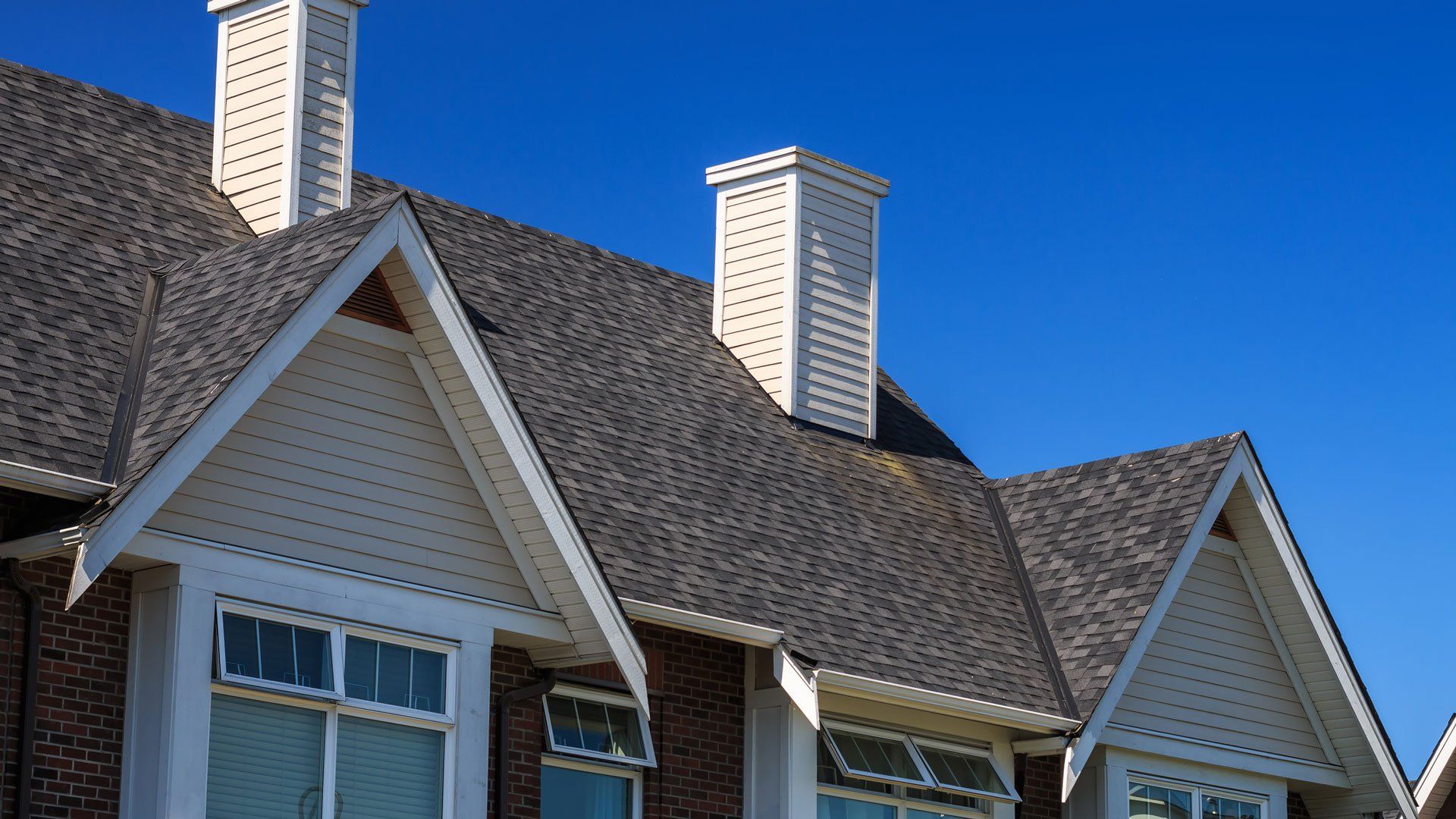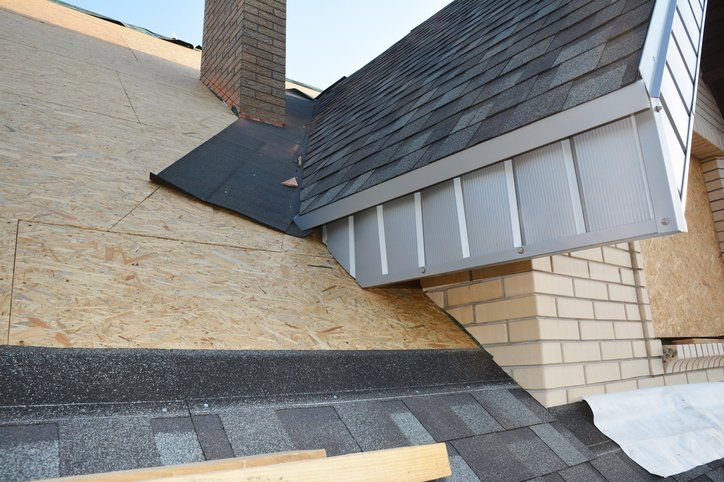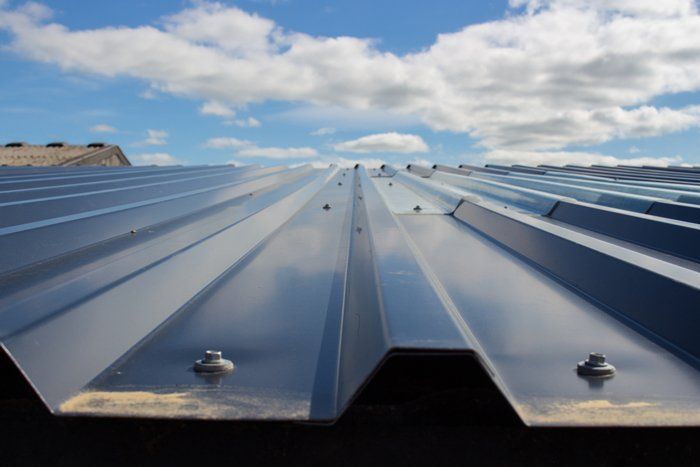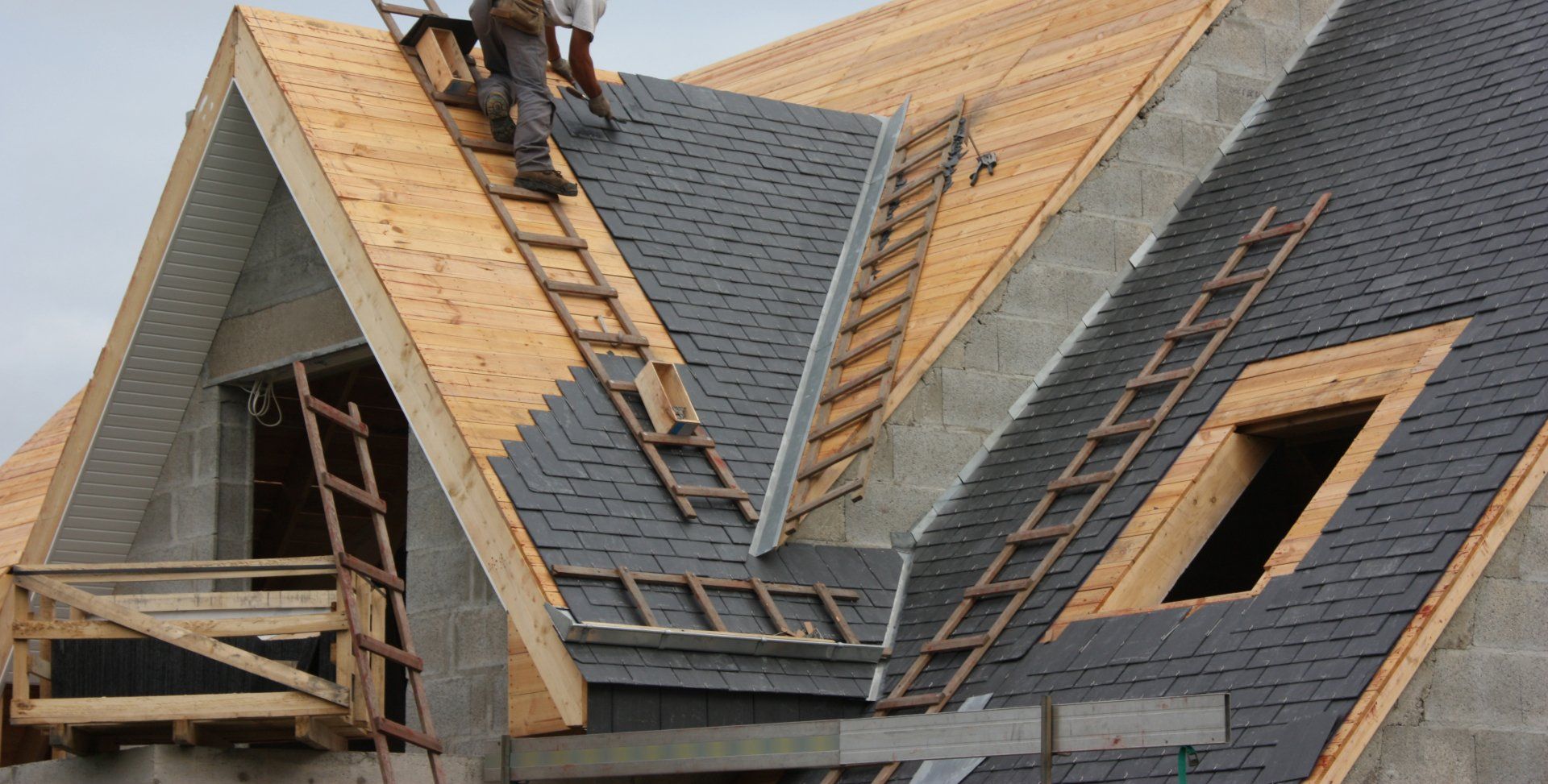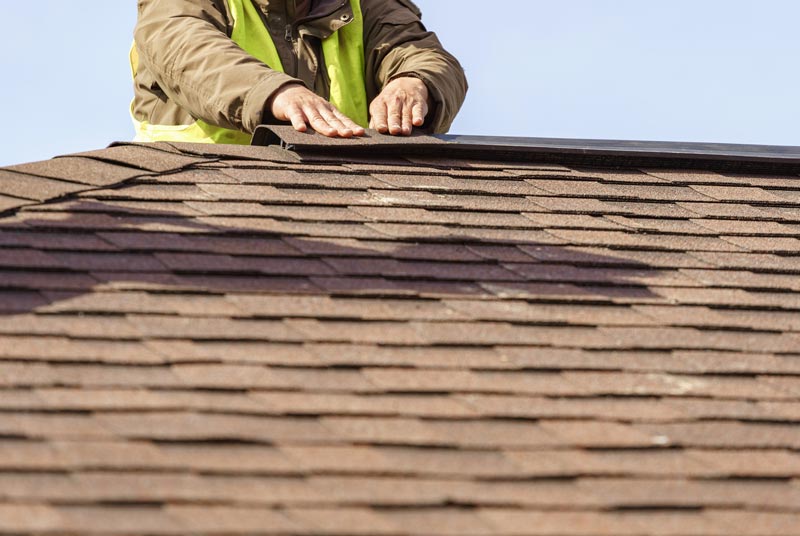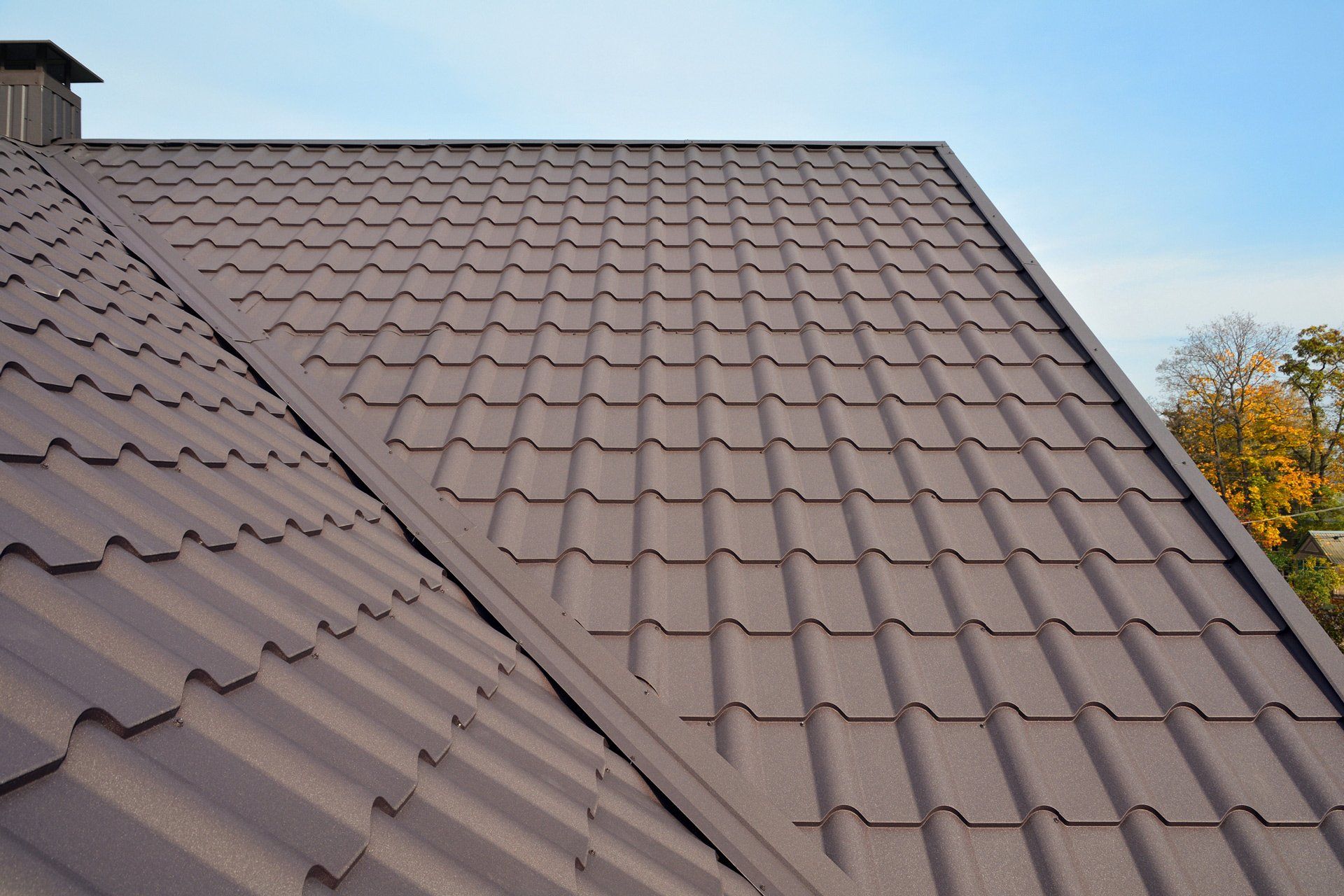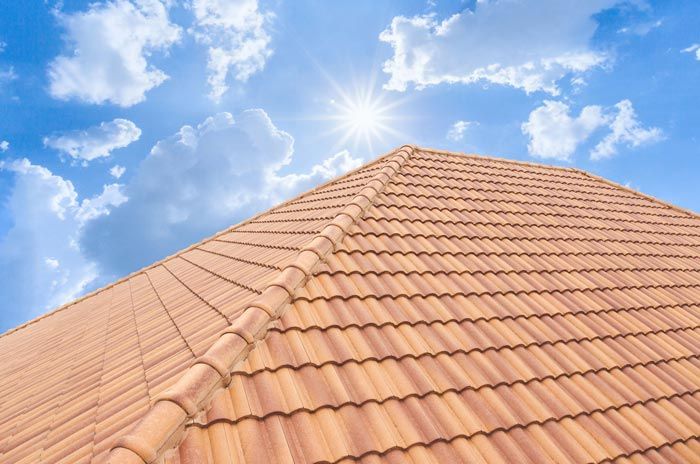5 PREVENTIVE SERVICES EXCELLENT ROOF VENTILATION CAN PROVIDE
When the roof deck frequently has condensation hanging from it, the sheathing (which is often made of plywood) can start to delaminate, and the roof fasteners start to rust.
Good roof ventilation allows a stream of outside air to flow up the underside of the roof, keeping a buffer between the roof deck and the moist attic air and helping to drive the moisture-laden air out through the ridge vents. This function can significantly reduce or even eliminate or prevent a condensation problem.
2. PREVENT MOISTURE THAT ENCOURAGES PESTS
The moisture that good ventilation helps to disperse could otherwise hang around in the attic, making all the wood components in the area damp. Dampwood termites love this, so a poorly ventilated attic can be a perfect target for termites; all they have to do is find a way in.
Proper ventilation can go a long way towards making the area less desirable. Install 20 mesh screen over all the openings into the attic (including the vents, although that may mean you'll need more vents since it could reduce the airflow a bit). This measure will help physically exclude both dampwood and drywood termites.
3. PREVENT EARLY FAILURE FROM FRIED SHINGLES
In addition to moisture, an underventilated roof collects a lot of hot air beneath it. This hot air cushion then helps to heat the roof from underneath while the sun heats it from above. As you can see, this can make for a much hotter roof surface than you'd get with proper ventilation.
The hotter the roof surface, the more likely it is to experience early deterioration from heat stress. Ventilating the area helps prevent this, extending the life of your roof.
4. PREVENT ROOF LEAKS CAUSED BY ICE DAMS
Another interesting problem roofs often have is ice damming. This happens when your roof has warm air beneath it in wintertime. The warmth travels up through the roof, melting the snow that's in contact with it. The newly melted water runs down to the edge of the roof, where it freezes again (since the eaves don't have warm attic air beneath them) and creates a dam.
This setup allows the next batch of melted snow to build up behind the blockage rather than running down and off the roof. All this liquid sitting against the roof shingles eventually creates a leak.
Fortunately, if you have a well-ventilated roof, you'll have a buffer of outside air flowing beneath it, which greatly reduces the possibility of ice dam formation.
5. PREVENT ROT AND HOUSE-WIDE MOLD PROBLEMS
Your roof deck isn't the only thing in your attic that can suffer direct damage from moisture buildup. The rafters and other structural supports can fall victim to mold and rot in the presence of so much moisture. Even the attic insulation can become moldy. Then the thousands of mold spores created can start finding their way to other areas of your house.
Even a well-insulated attic is unlikely to be completely airtight, so the moist, moldy air can often travel down into your walls and basement and may even get into your living space.
As you can see, proper ventilation that can help prevent moisture problems in your attic is critical to your home's well-being and even your family's health. These serious problems often arise when there's a lack of proper ventilation. If you think your roof may have one of these problems or simply needs better ventilation, call Whittle's Roofing Co., Inc.
, today.

